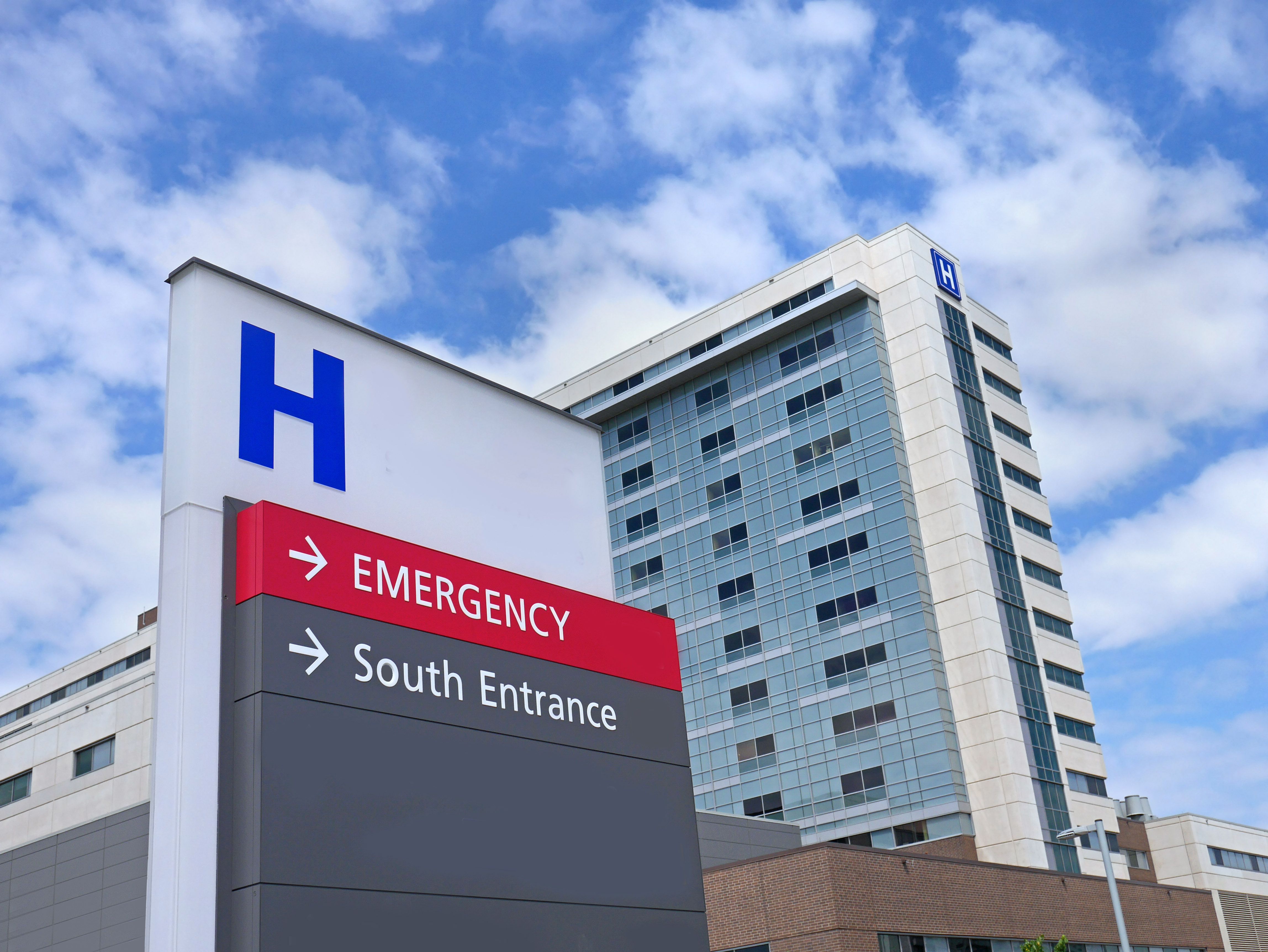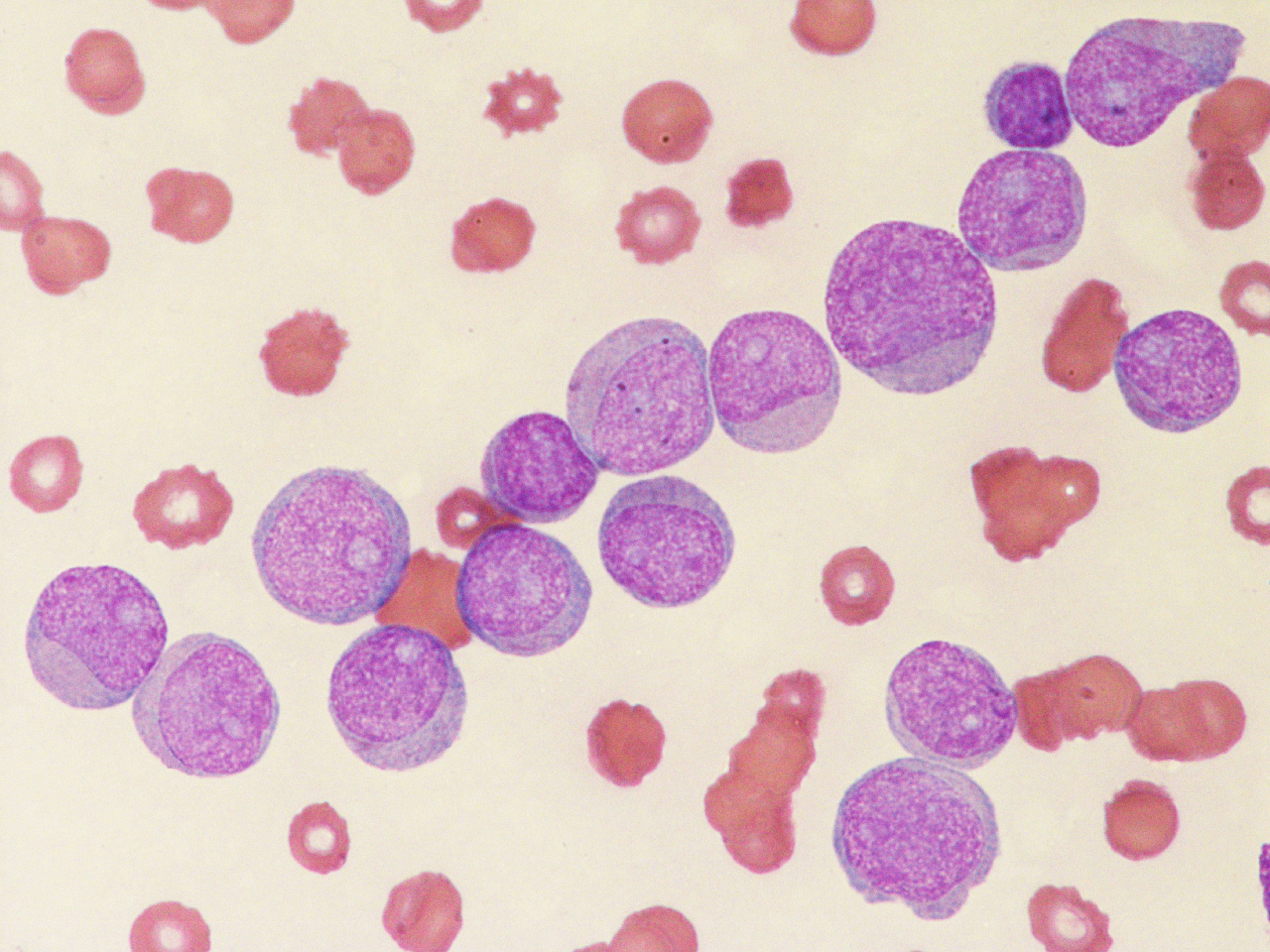Article
JAMA Study Says Screening Mammograms Result in Overdiagnosis
Author(s):
The widespread use of screening mammography increases the probability of detecting smaller cancers without a decline in the detection of large cancers.
A collaborative study among Harvard and Dartmouth researchers has found that the widespread use of screening mammography increases the probability of detecting smaller cancers that may not be clinically relevant, without a decline in the detection of large cancers. So the increased screening does not impact mortality from breast cancers, the study concludes, and warns about overdiagnosis.
A similar conclusion was drawn by Dr Rinaa Punglia, an oncologist at the Dana-Farber Cancer Institute, during her presentation at the 2014 annual meeting of the American Society of Clinical Oncology, who concluded that overdiagnosis eventually leads to overtreatment. This unnecesary exposure of the patient to toxic drugs also increases healthcare costs.
For the present study, published in JAMA Internal Medicine, the authors followed 53,207 women who were diagnosed with breast cancer in the year 2000 in the United States. The data were obtained from the SEER cancer registries submitted by 547 counties. The study covered the period January 1, 2000, to December 31, 2010, and the analysis was performed between April 2013 and March 2015. The health outcomes evaluated in the study were breast cancer incidence in 2000 and incidence-based breast cancer mortality during the 10-year follow-up. Incidence and mortality were calculated for each county and age adjusted to the US population.
While a positive correlation was observed between the extent of screening and breast cancer incidence, it wasn't so with breast cancer mortality. Addiitonally, increased screening raised the detection rate of smaller breast cancers (≤2 cm), but did not decline the detection of larger cancers (>2 cm). These findings, the authors conclude, indicate overdiagnosis of breast cancer. While mamography screening is necessary, the authors are of the opinion that it should be directed to patients who are at a high-risk of the disease. They also recommend watchful waiting without immediate active treatment in these individuals.
Newsletter
Stay ahead of policy, cost, and value—subscribe to AJMC for expert insights at the intersection of clinical care and health economics.





